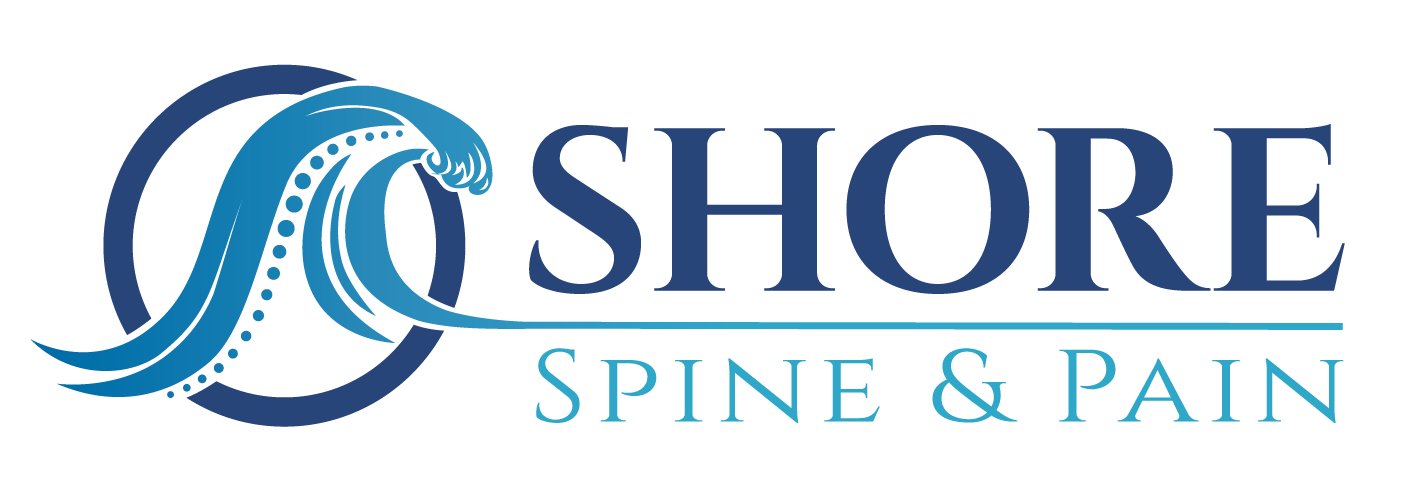Overview
This pain comes from one of your spinal discs. Those are the soft cushions that allow the bones of your spine to flex and twist. Discogenic pain is a common reason for chronic lower back pain.
Causes
Discogenic pain stems from an irritation of the tiny nerves in the outer wall of your disc. This results in significant axial low back pain.
Video Overview
Symptoms
Discogenic pain can feel sharp or dull. You may feel it during or after activity. Or, you may feel it even though there doesn’t seem to be a reason. Your pain may radiate. It may move down through your buttocks, groin or thighs.
Diagnosis
MRI studies are helpful in identifying disc herniations or tears in the discs (annular tear). Additionally, a test known as provocative lumbar discography may be necessary to definitively diagnose this condition. This involves instilling contrast into the disc and provoking a pain response that mimics the patients typical pain complaints.
Treatment
Discogenic pain can be treated in many ways, depending on your needs. Rest and medications may be helpful. You may need physical therapy or surgery. Patients may also require lumbar epidural steroid injections. Other treatment options include biacuplasty, annuloplasty/nucleoplasty, and Stem Cell therapy for spinal discs.
Our specialists will create a care plan that’s right for you.
